|
It's hard to properly celebrate Independence Day this year, though that didn't stop the jet fighters and the bombers from roaring overhead yesterday evening. Fireworks followed - hours and hours worth - but I was more interested in the other parts of the sky. At 11:45 PM, I set off to view the "Buck Moon" - and maybe, just maybe, catch a sight of what promised to be a very subtle penumbral lunar eclipse. I decided to take my trusty TV 85. Clouds were closing in, and so I wasn't sure what to expect when I reached my park. Five minutes of viewing? A full hour? It didn't seem worth it to take a larger telescope. Plus, after all those sleepless nights lately - and full days of work and childcare - I was too tired to lug anything bigger. When I reached the park, I realized, first, that Jupiter and Saturn are now quite high in the sky even at midnight, and second, that seeing was really quite good - better than it had been on July 2nd and 3rd. I realized, too, that I couldn't spot a lunar eclipse, but that the hazy sky had adorned the Moon with a beautiful golden tint. And wow, was it bright. After a few moon-free early mornings, it was strange to see my telescope cast a shadow in the park. It was a strange atmosphere last night. While seeing was quite good, the air was hazy, almost watery. The Moon in particular looked like it was made of liquid: a giant and intricately-detailed bubble. Still, what a sight. Tattered clouds swept by from time to time, and just before I packed up a distant bat fluttered directly across the lunar surface. Like something from a Dracula movie. Turning to the planets, I was again impressed by the TV 85 (a recurring theme on this website). At modest magnifications, the little refractor really is a match for any other telescope I've owned. Jupiter's great spot was plainly visible, and so were dusky clouds on Saturn - and the Cassini Division, winding all the way around those rings. In moments of especially good seeing, Jupiter's surface was thick with intricate detail. Of course, the view of both was a good deal dimmer through the TV 85 than it is through the APM 140, and the colors were more muted than they are even with the Takahashi, let alone the APM. I tried increasing the magnification last night to almost unusable levels to dim the view enough to get a decent picture with my iPhone. I succeeded, at least, in taking my first blurry picture of the great red spot - but, as always, I lament the quality of those phone pictures. Part of me wished last night that I had had the energy to haul out a bigger refractor. That concerned me a bit. My Takahashi is not much heavier; would I always feel this way when I set out with the TV 85? Even so, you can't go wrong with the little scope - and I left the park satisfied, despite the prospect of a measly four hours of sleep. There's nothing like a fine refractor on a moonlit night.
0 Comments
Leave a Reply. |
Archives
March 2024
Categories
All
|

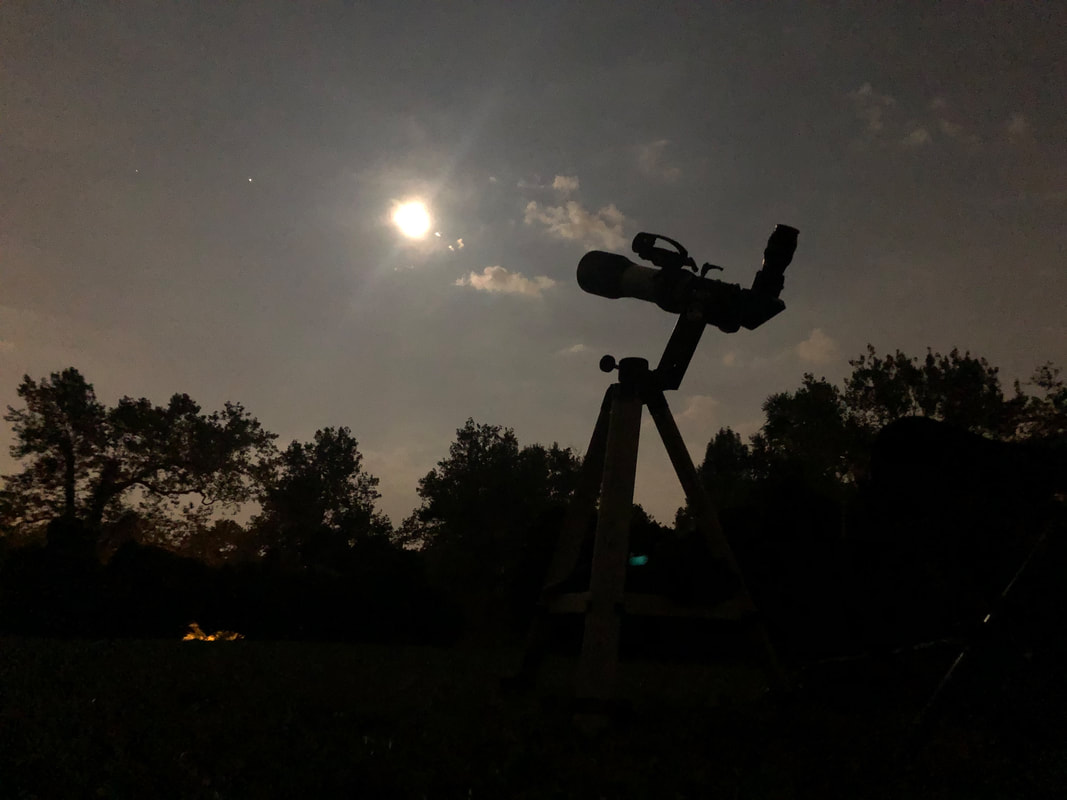
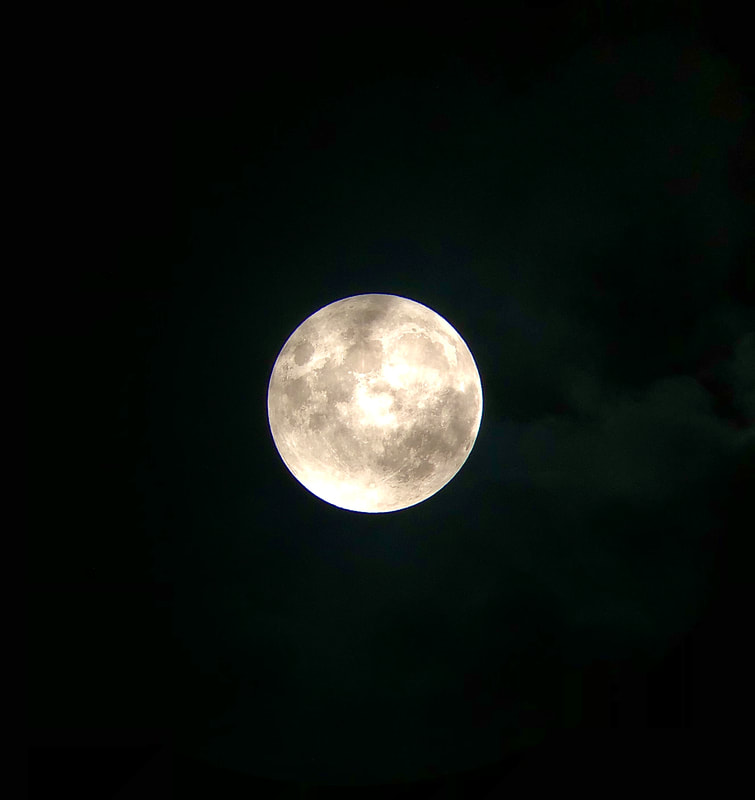
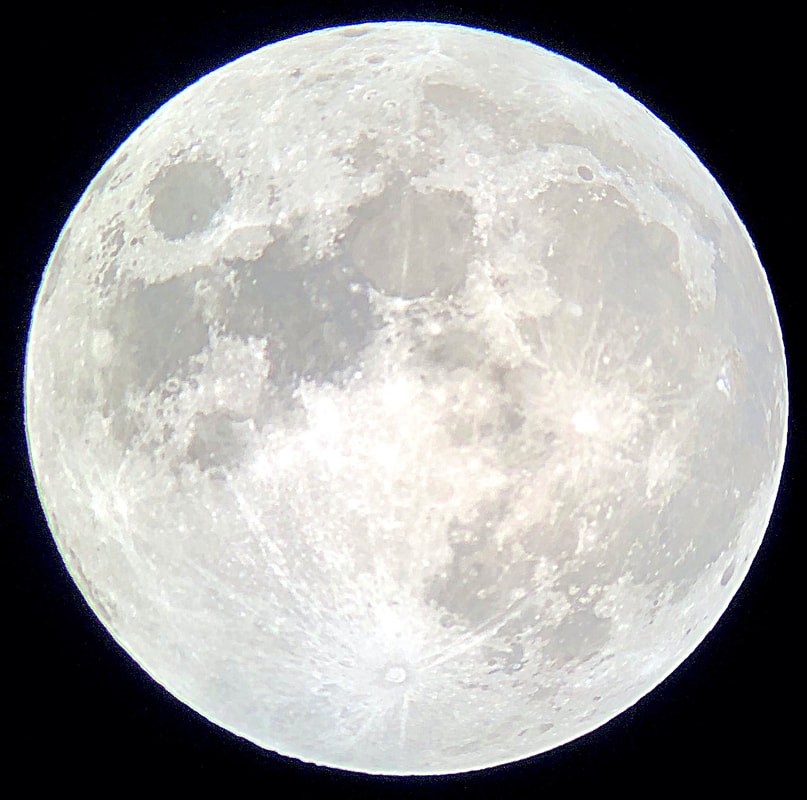
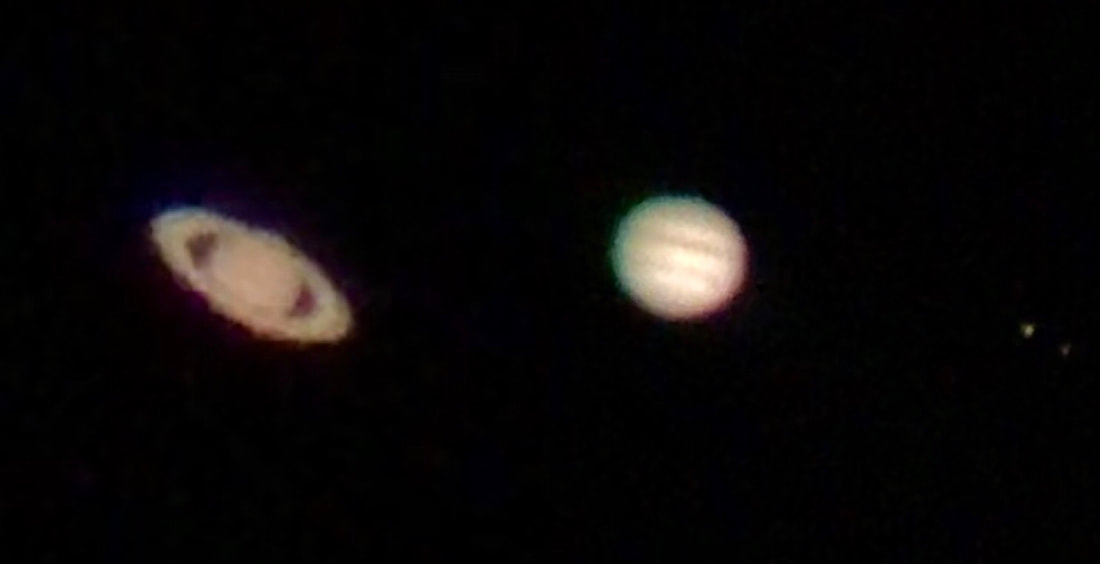
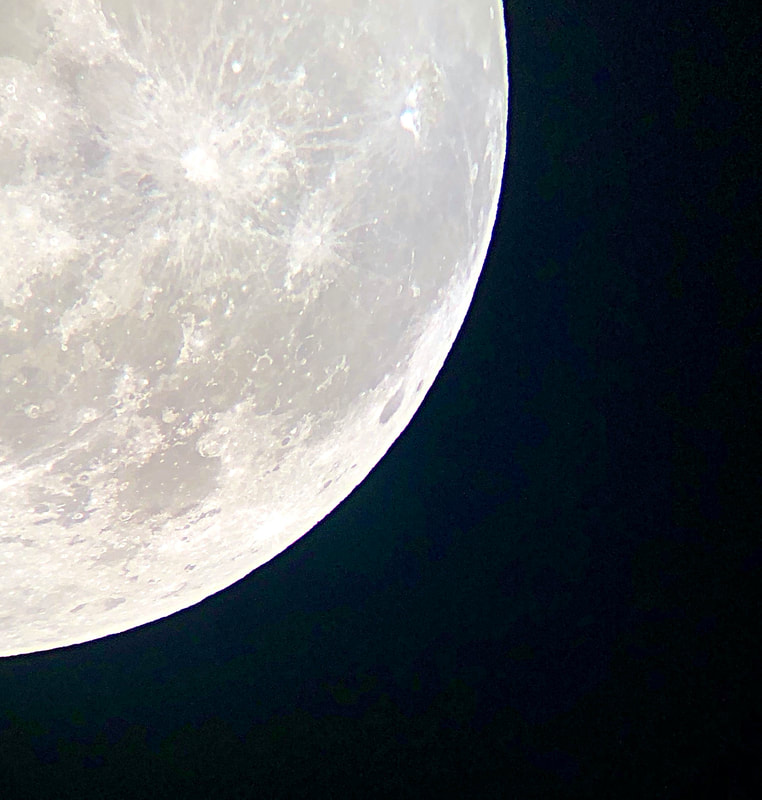

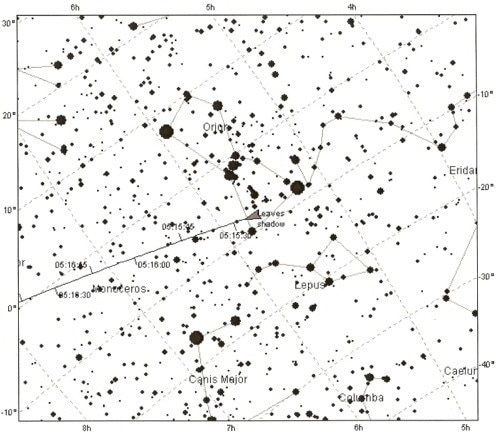
 RSS Feed
RSS Feed